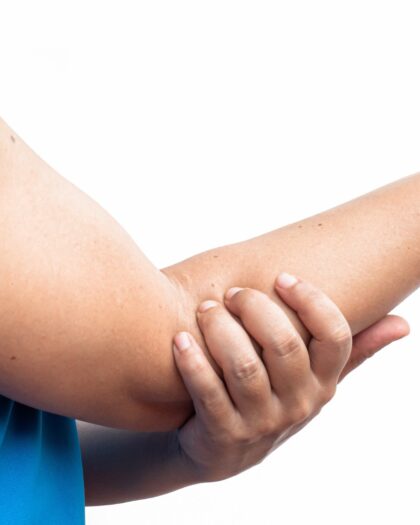
TMJ is a term that is frequently used to describe jaw pain, but it is an inaccurate term. The correct term for this condition is Temporomandibular Disorder (TMD). TMJ refers to the joint itself. Physical therapists like to joke when someone says they have TMJ by saying “Yeah you have two of them,” referring to the fact that there are two sides of the same meaning you have two TMJs.
TMD can present in various ways. Sometimes, the jaw can get stuck in certain positions, causing discomfort. Other times, there may be extreme pain when opening or closing the jaw, or even during simple tasks like talking.
One aspect of TMD treatment that is often overlooked is the assessment of the cervical spine. There is a link between the position of the cervical spine and TMJ pain. A Chilean dentist was one of the first to study this link and developed a set of exercises for TMD that focus on the cervical spine and diaphragm, rather than the jaw itself
For example, if you try to push your bottom teeth out in front of your top teeth while looking down, it is easier than when looking up at the sky. This indicates a connection between the position of the cervical spine and TMJ pain.
Despite the prevalence of TMD, it's surprising how many people are unaware that physical therapy should be their first stop when experiencing jaw pain. By seeking the expertise of a skilled physical therapist, individuals can receive tailored treatment plans aimed at addressing the underlying causes of their TMD symptoms.
A skilled physical therapist excels at identifying the root cause of your pain and providing targeted exercises to alleviate it. They have the knowledge and experience to assess your condition comprehensively, ensuring that you receive the most effective treatment for your specific needs.
If you or someone you know is experiencing jaw pain or discomfort, don't hesitate to reach out to a physical therapist. Our team is here to help you understand and manage TMD, and we can provide personalized exercises and treatment plans to alleviate your symptoms. Contact us today to schedule an appointment and take the first step towards a pain-free jaw.











